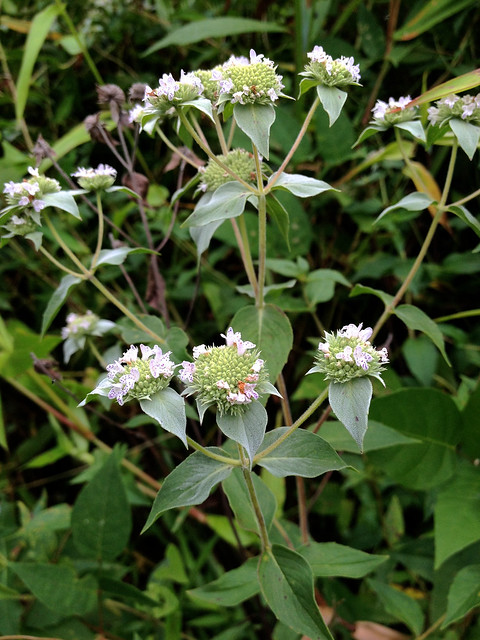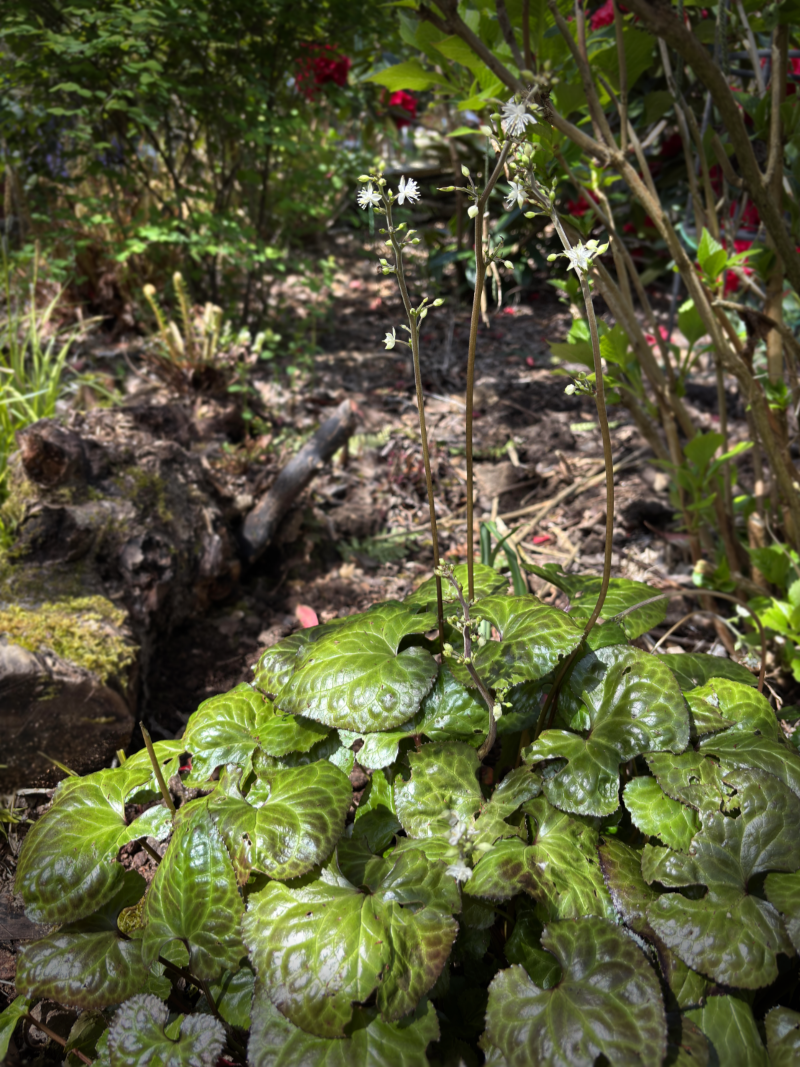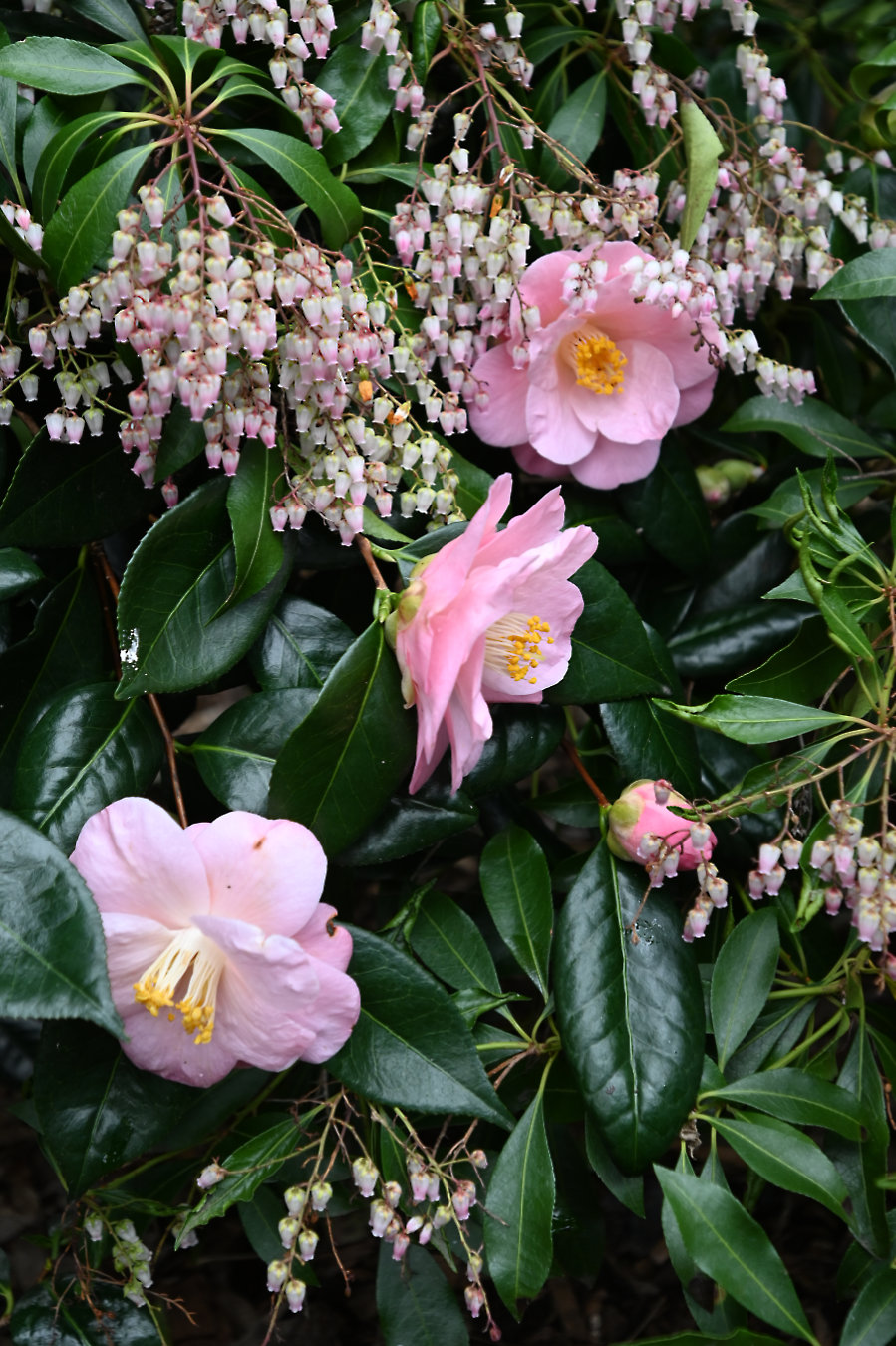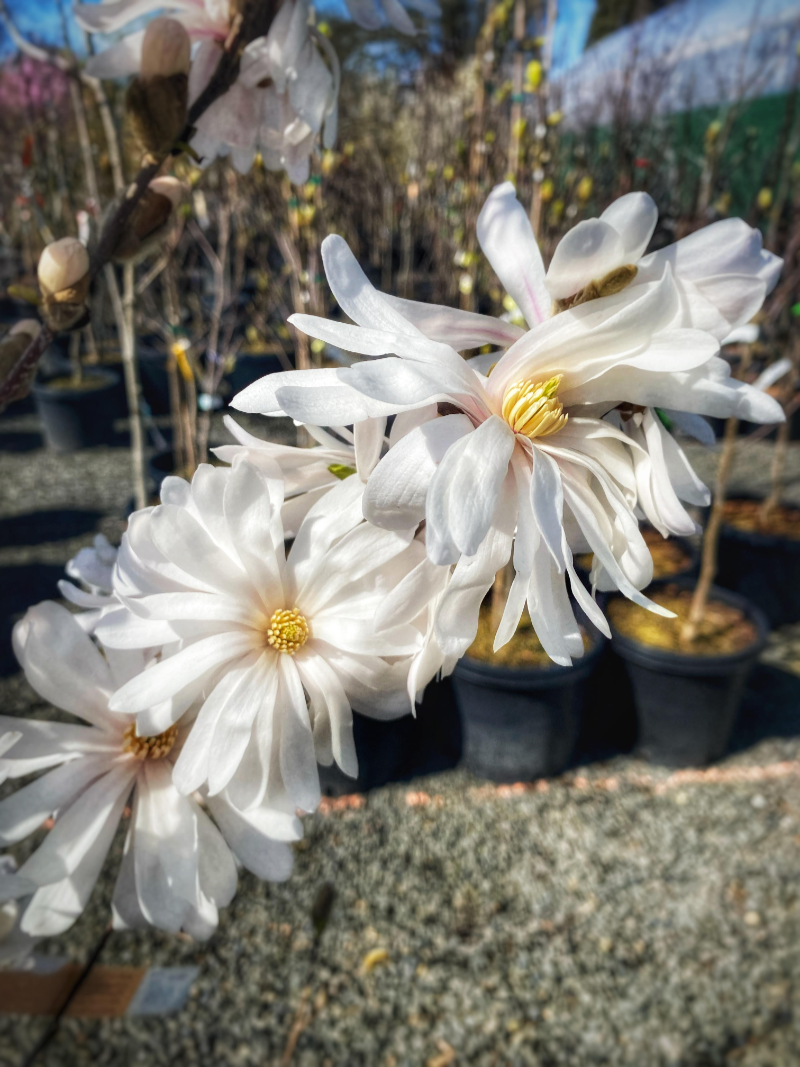Evergreen Magnolias
One of the most stately and elegant of trees, the evergreen magnolia (commonly known as “Southern Magnolia”) is one of the few trees that provide year-round beauty. The coarsely textured leaves are usually dark green and glossy with some varieties displaying a rusty-brown color on the undersides of the leaves. The leaves are dense and usually obscure the bark. The tree drops older leaves in spring and fall but is never completely bare.
Of course, the chief attraction are the large, creamy-white flowers with a delicious, sweet fragrance. The flowers appear in June-July and sporadically throughout the summer.
Trees in the south can attain majestic proportions – up to 80 feet – but rarely reach such dimensions in cooler climates.
Here’s another interesting fact – the magnolia is one of the first plants on earth to reproduce using flowers pollinated by insects.
The magnolia is not a difficult tree to grow and they do well in moist, deep, acidic soils. They do well in full sun or part shade. Contrary to popular belief, they are not that slow-growing and with adequate moisture, you will see significant growth in a short time.
Currently (July 2022), we have the following varieties available –
Bracken’s Brown Beauty – for large properties, this beauty can attain 30-50′ feet in height and width. The slightly wavy, green leaves with brown undersides are smaller and dense. It was selected in 1968 by Ray Bracken at his nursery in Easley, SC.
Little Gem – One of the most popular varieties, ‘Little Gem’ grows to about 20 feet and 15′ wide. It is a very heavy bloomer with prominent flowers. The leaves are small, dark green wtih rust-brown undersides.
Teddy Bear – A good choice for smaller gardens, this variety is upright, compact and pyramidal. It grows 15-20′ feet wide and 10-12′ wide.
In addition to the evergreen magnolia, we have a large selection of deciduous varieties with a variety of different colored blooms that appear before the leaves in early spring.





